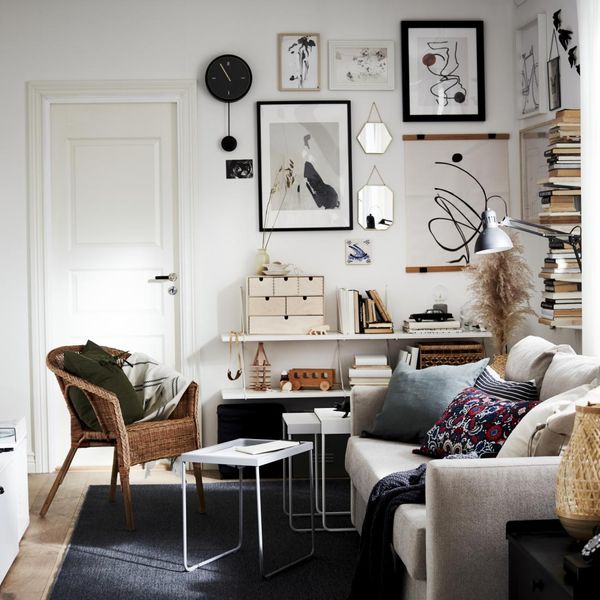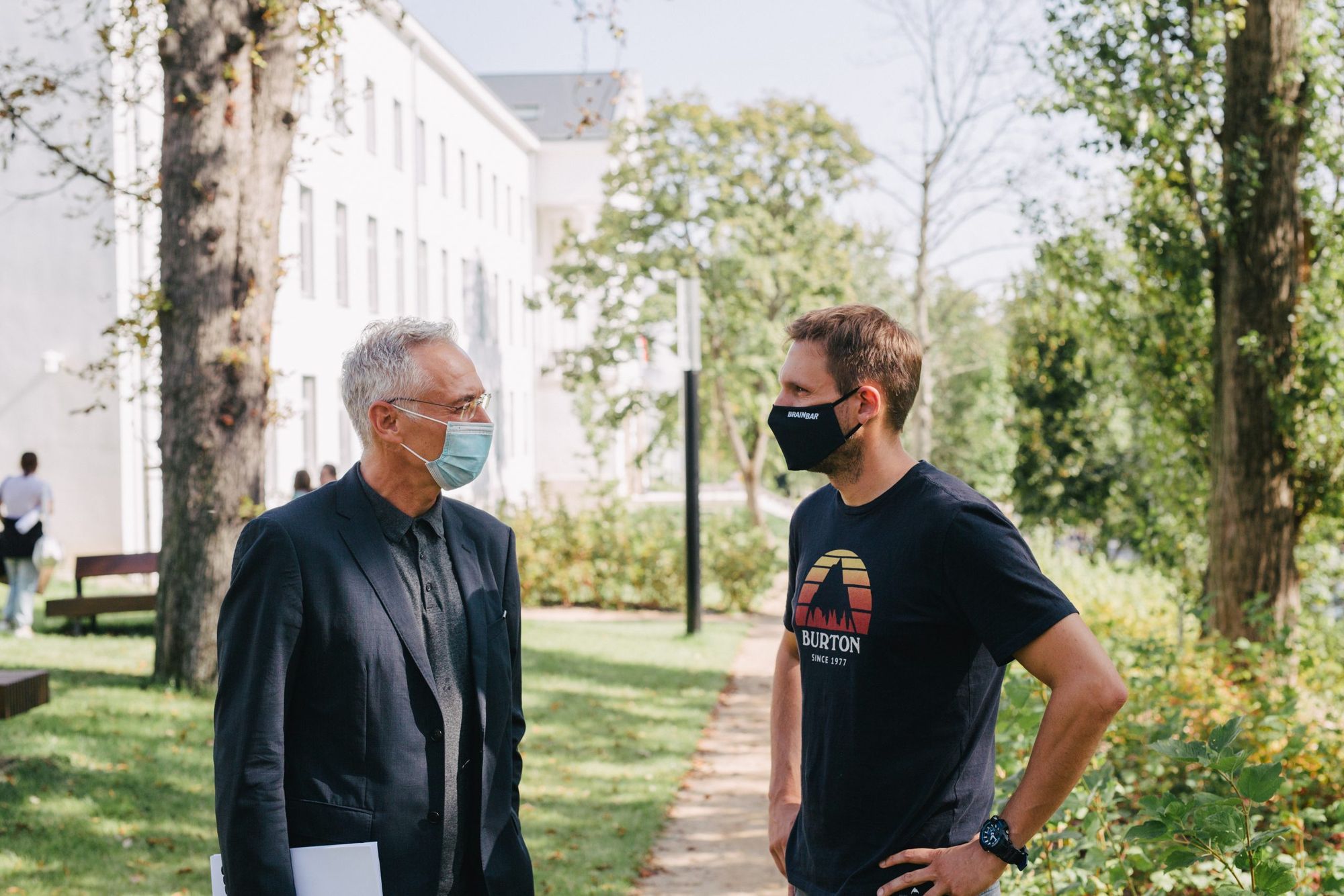MOME’s new campus was handed over a year ago, resulting not only in the change of the physical environment: an entirely new approach and structure is being formed in Zugliget, while also keeping the changes of our world in mind. The management of Moholy-Nagy University of Art and Design and the board of the foundation supervising the university are working on making MOME the leading creative industry and innovation hub of Central Europe by 2030. We asked József Fülöp, the rector of MOME and Gergely Böszörményi-Nagy, the chair of the board about the new model.
As a result of the development started in 2014, MOME’s renewed campus was handed over around this time last year. Did you manage to settle in the new and renovated buildings? What feedback did you receive from professors and students?
József Fülöp: A year has passed indeed since we moved back to Zugliget, yet the question is still relevant: settling in the campus is still in progress. A reason for that is that we didn’t have time to test the ideas and concepts formed during the design phase in practice, as the academic year started right after the handover of the campus in 2019, and thus we practically jumped right in with both feet. Another reason is that not only the physical environment changed owing to the investment, but the structure, as well: we created the three-pillar structure of MOME, where, in addition to education, the system of the university is made up of the technology and innovation (RDI) activities as new organizational units. In addition to all of this, we also developed a completely new curriculum by spring 2019, affecting all our BA and MA courses. This is how we started the previous year, while we knew that this will entail a lot of learning and experiences, allowing us to further shape and finetune the use of the campus, too. We keep doing this to this day based on the various surveys conducted amongst students and teachers, and particularly by taking into account the results of the student courses developing the operation of the new campus. We strive to process all feedback and look for the optimal solutions by also involving the community of MOME.
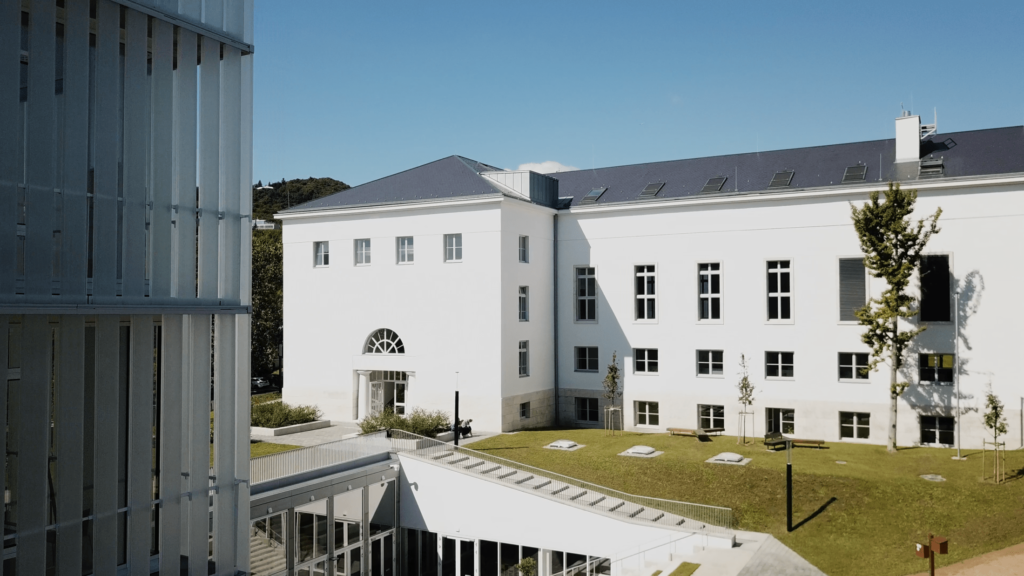
The hardships of the past period caused by the coronavirus, the various restrictions and the online education system probably posed major challenges for all educational institutions. How did and does MOME’s community experience this?
József Fülöp: This period was overwhelming or everyone, and unfortunately we can’t talk about it in the past tense yet. I think the university did well during the period lasting from mid-March to the end of July lacking all physical contact, too – cooperation and unity were taken to a next level, and we adapted to the fundamentally changed circumstances swiftly. I would like to take the opportunity to thank my colleagues and students – and, in particular, every graduating student – who were all able to do a quality job even in this challenging period. We gained a tremendous amount of experience over the past few months: not out of our free will, but we tried many methods that we will gladly apply in the future, too. We found that in certain cases online communication can be much more effective and that the valuable time of being together does not necessarily have to be spent with exchanging information. We were already planning the development of various online and distance education methods, now presumably all this will be realized faster. One more thing that’s certain is that the presentation of the works implemented at the university will move more to the online space, at the same time not all phases of creation, design and implementation can be replaced by a virtual solution, thus we are continuously trying to establish a hybrid, and, at the same time, safe mode of operation, by also incorporating the experience of others.
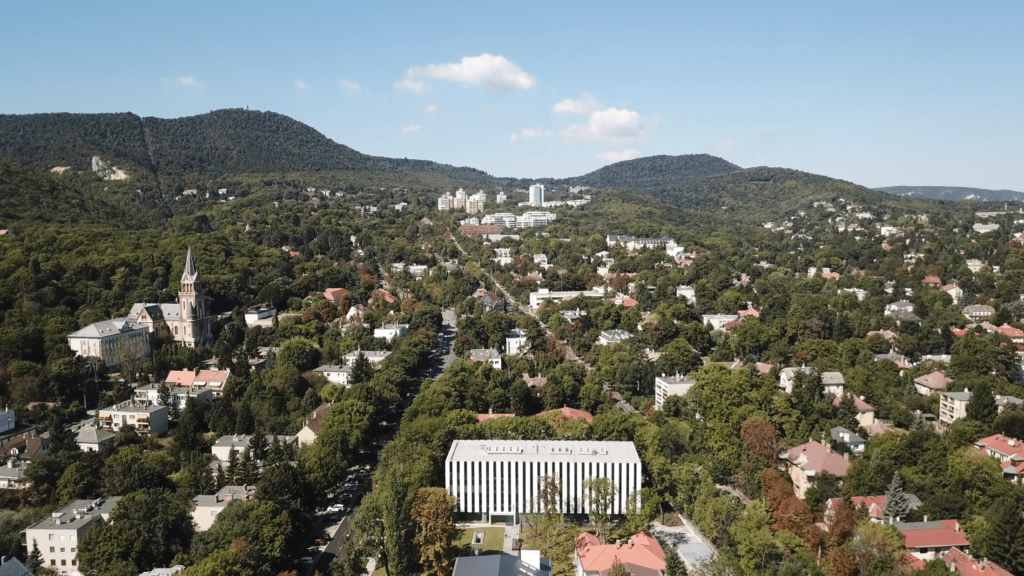
In the framework of the „Gear shift in higher education” strategy, several universities will transform, including MOME. Why did the university and its management support the change of model from the very beginning?
József Fülöp: Higher education also faced new challenges in the 21st century all across the globe. Regardless of whether we are talking about a scientific or art university, the issues of demographics, funding or quality assurance concerned all institutions and urged them to look for new possibilities. On top of that the social role of universities is also going through a change; we have more responsibility in how we are promoting a sustainable future in an era when apparently all elements of our existence are changing, including the planet we live in.
In this context MOME asked itself the question of how it sees the future and how it can accomplish the mission also arising from the activity and ethos of its eponym, László Moholy-Nagy. It is a sort of world-bettering intent, made possible or sometimes even mandatory by the dominant role of design in our present day. We strived to learn from foreign examples; the transformation in the Finnish higher educational system, for example, was truly inspiring. We carried out an intensive design work in the past years, by also involving the ministry operating our institution and the community of the university, which confirmed the thought that the traditional, state-operated model cannot help our institution reach the level of development that would be visible also on an international scale.
How does the new management model work in practice?
József Fülöp: We have only taken the very first steps. In Hungary, there’s no precedent of how the management of a university and the board of the foundation supervising it can work together optimally, how they can function together. They have different roles, but neither of them can succeed without the other. In the case of MOME, the identical values and common goals all contribute to finding the operational practice customized to our institution, taking into consideration both our characteristics and opportunities.
Gergely Böszörményi-Nagy: The model is new to all of us, and so that the details can be polished, we should give both it (and each other) some time. Our start in Zugliget is promising, as both the board and the management of the university started the work together, while there is an open and constructive discourse about the issues and proposals raised by students and professors.

The goal of the transformation is to make universities function more flexibly and effectively. According to your vision, where could MOME get with the new model?
Gergely Böszörményi-Nagy: Our goal is to make MOME the leading creative industry and innovation hub of Central Europe by 2030. We already have exceptionally talented students, however, so that this idea can become reality, there are a few additional criteria that need to be met. As a first step, we must designate the areas of education in which we wish to catch up with the most prominent higher educational institutions, in agreement with the community of the university. By this I don’t mean single departments. I mean broader, more comprehensive focus areas, such as digital storytelling including many fields from animation through graphic design to game development, the future of mobility, or sustainability ranging from ecology to the world of social design. On the other hand, we must determine the units of measurement of success. I think in the case of MOME we should steer clear of measuring success in the place earnt in university rankings by all means. These were developed for large research universities, where the measure is provided by the number of Nobel prize winners and academic references. We need to create our own similarly substantiated unit of measure. We will start defining indicators in the fall, by involving the university as well as Hungarian and foreign experts.
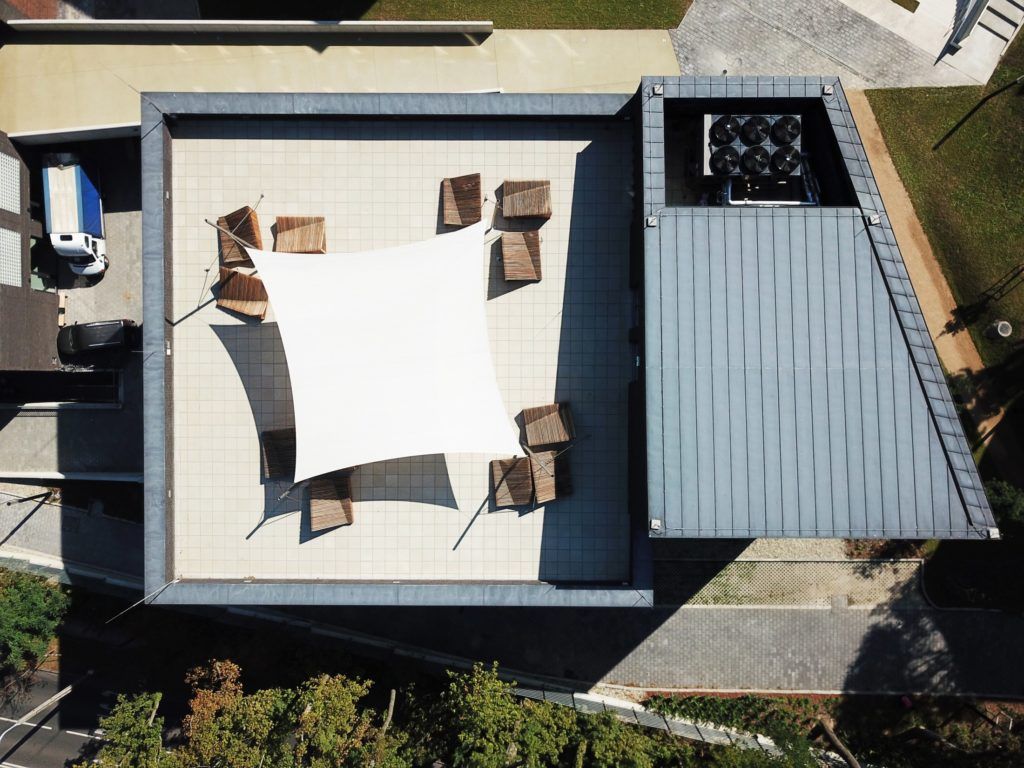
What foreign creative higher education workshops do you consider exemplary and inspiring?
Gergely Böszörményi-Nagy: It’s important to differentiate between great inspirers and local examples. The majority of us agree that Aalto University in Helsinki, MIT Media Lab in Boston or the design school of Stanford, D School also known as the place of birth of IDEO are prominent sources of inspiration. These institutions, however, operate in an environment that differs from the Central European financial and cultural context greatly. We will, of course, examine their practices, but it is also worth to take a closer look at the institutions that are prominent amongst circumstances similar to ours. My personal favorite is TalTech in Tallinn, acting as the most important hinterland of the internationally unique Estonian digital ecosystem in terms of talent promotion. At the same time, I would like to stress that we are not going to copy either of these institutions. Both the university and its operator believe firmly in that MOME needs to build its own character.
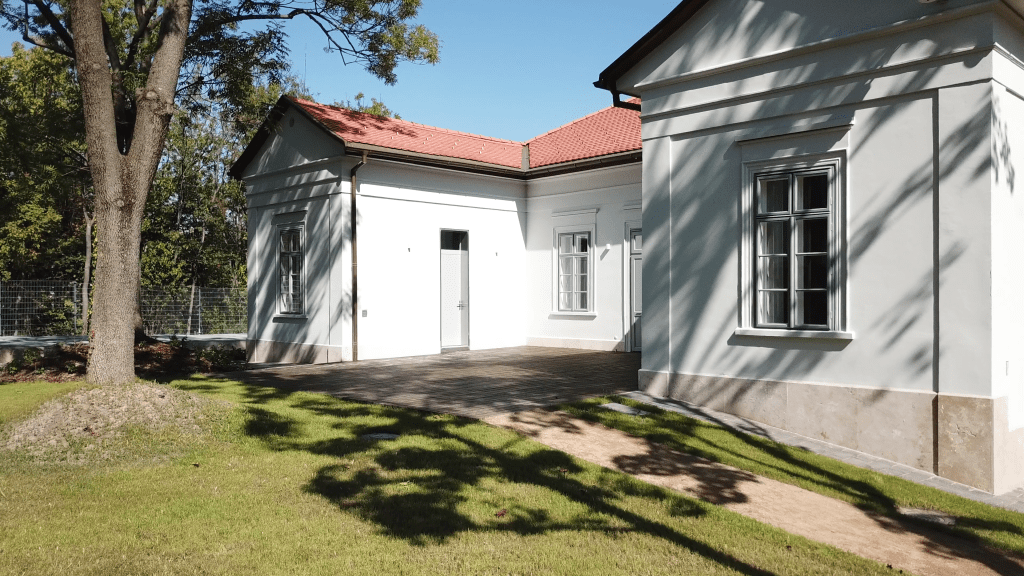
Based on experiences, to what extent is the business sector interested in tightening their relationships with Hungarian universities? What success stories can we expect from MOME in the near future?
Gergely Böszörményi-Nagy: Those who have visited our premises since the construction works have been completed know that perhaps the most impressive element of the MOME campus is the snow-white building of the Center of Innovation. In the future, this workshop will be in charge of taking care of the university’s business partners and of increasing their number. Over the next few months, we will establish the value offer and future services of the center with the toolset of design thinking and by involving our existing clients. Our goal is to make the cooperation with MOME a guarantee of higher added value for the best and most ambitious Hungarian companies and businesses. At the same time it is also important that the MOME Center of Innovation be not only useful for business entities but for the students and professors of the university, too. They should have a possibility to gain experience in business projects, to earn money, and even to implement their own ideas and experimental projects. The latter could serve as inspiration for the internal community, while also contributing greatly to the building of the external MOME brand, and to the development of the unique character of the university we have already mentioned before. In the future, we will always appoint the leader of the MOME Center of Innovation through international open calls.


The complete transformation will be the result of a multiannual process. What novelties and innovations can we expect in the short term? What can students expect from this renewal?
József Fülöp: In the near future we will finish settling in the campus and will make its operation smarter. By this I mean putting into operation the MOME application also facilitating the lives of students, amongst others, representing a step forward in many things, including application to courses and an intelligent room-booking system. A well-functioning university restaurant is yet to be established, which hopefully we’ll be able to open soon. Our goal is for both students and university staff to spend their everydays in a well-functioning, loveable and inspiring environment.
Gergely Böszörményi-Nagy: One of the first, symbolic steps on the road towards becoming international will be the announcement of MOME’s new Head of Brand in the upcoming days, and with it, the establishment of this new position. We hired a recognized and authentic person with serious branding references and extensive network of contacts in the region, who also has long standing and business-focused ties with the creative industry. It’s safe to say that an expert of this caliber has never worked on the communication of a Hungarian higher educational institution ever before.
MOME | Web | Facebook | Instagram
Cover photo: Vargha Miklós
Drone shots: Gergely Fáy
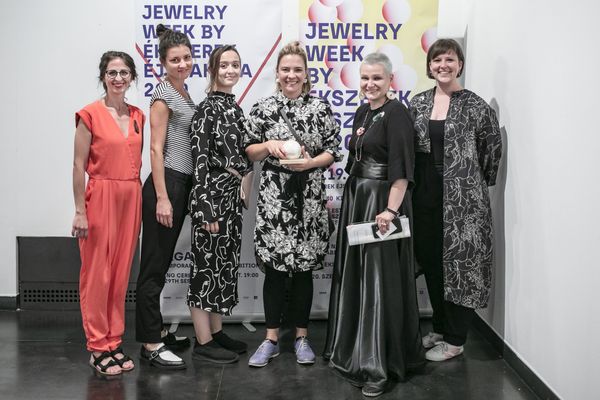
Colorful, life-affirming, humorous: a review on the 6th Art Jewelry Night
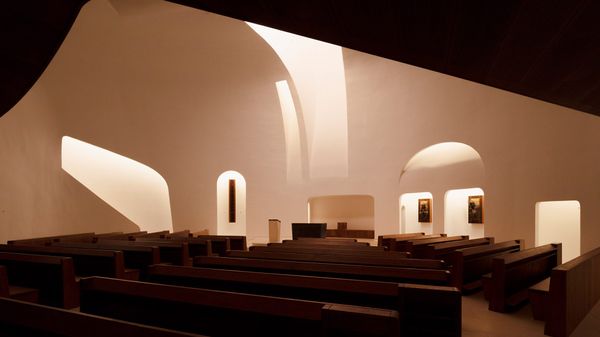
The Church of Pope John Paul II | Robert Gutowski Architects
